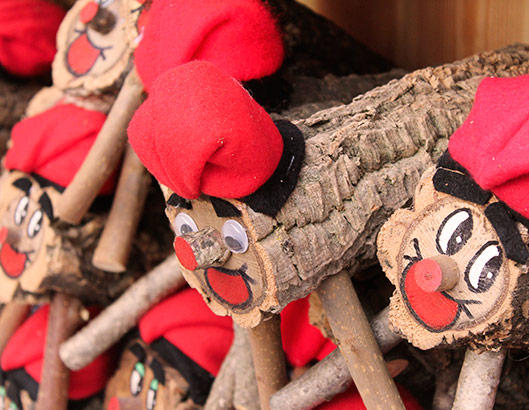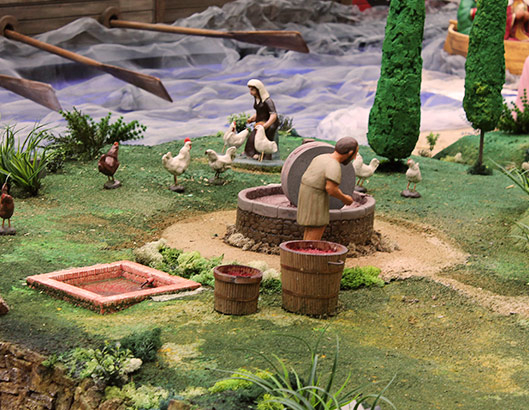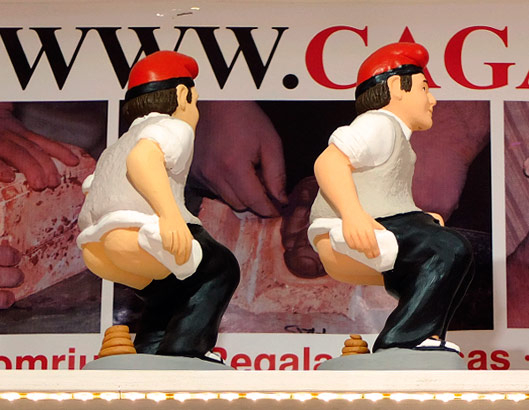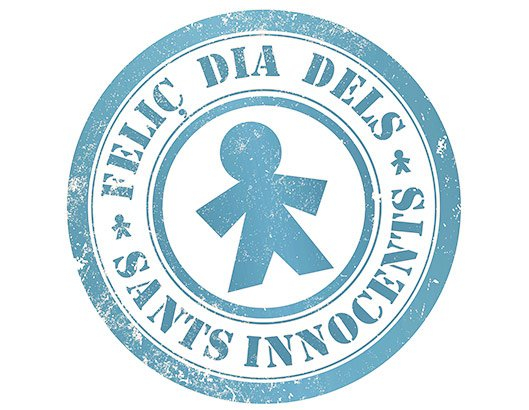Tió
According to tradition, on the Feast of the Immaculate Conception we have to start feeding the Christmas Tió, a magic log that poos presents on Christmas Eve, although he might poo coal if the children have behaved badly!
To make sure Tió does a good poo we beat him with a stick and sing this song: "Caga tió, Tió de Nadal / No caguis arengades, que són salades / Caga torrons, que són més bons!" This translates as " Caga Tió, Christmas Tió / Don't poo sardines, which are salty / Poo turrons, which are nicer!"
Sweets, turrons, toffees and sweets are some of the surprises you should find when you lift the little blanket that keeps Tió warm. Lately, the Christmas Log, as he's known in the Franja (the eastern strip of Aragon bordering Catalonia) has also started pooing some little toys and other presents.








